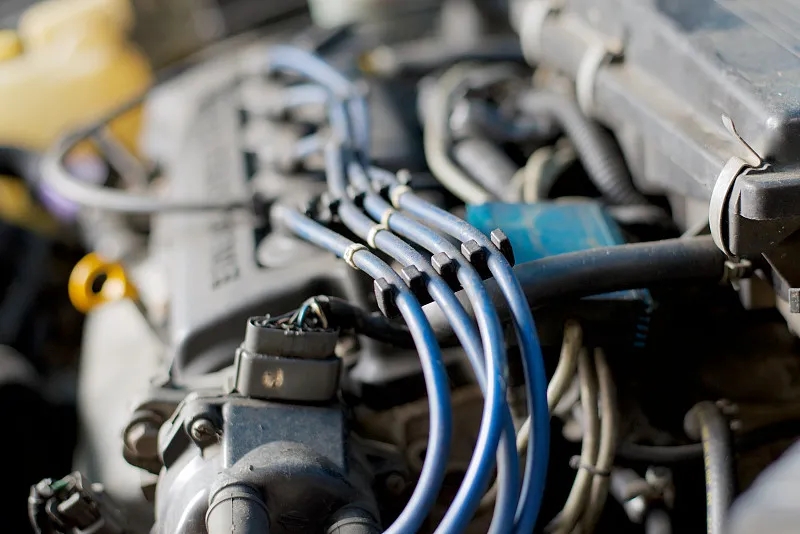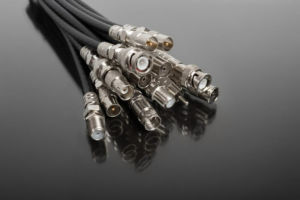1. The engine wiring harness is composed of wires, cables, terminals and connectors that control the vehicle’s electrical system. It delivers power and control information to components such as batteries, generators, injectors, fuses, audio systems, blowers, injectors and computers.
Main types of automotive wiring harnesses:
Main wiring harness – controls instruments, control panels, navigation systems, multimedia and electronic equipment. Together with the front and rear wiring harnesses, it forms part of the chassis wiring harness.
Engine Wiring Harness – Manages key functions around the engine including the engine controller, oil controller door, transmission plug housing, air line sensor, pressure sensor and water temperature sensor.
Body Wire Harness (or Body Wire Harness or Floor Wire Harness) – Keeps the air conditioning system, rear sonar, navigation, dimmer switches and speakers working properly.
Front Harness – Forms part of the chassis harness along with the main and rear harnesses. Control air conditioning fans, cooler fans, power sensors, temperature sensors, pedal sensors, speed limit sensors, oxygen sensors, and more.
Battery Harness – Provides primary power to other units. Acts as a bridge between the engine and other vehicle components.
Door wiring harness-controls door and window locks, door and window power supplies, and speakers.
2. Diagnosis of engine faults
After a wire is broken or damaged, the device may stop working. So you have to use the right tools for diagnosis.
To check and test fuses, you’ll need to use a fuse box guide or service manual to identify the relay or fuse associated with the non-working part. If multiple accessories are not working, use the wiring diagram to locate common points in the circuit so you can narrow down what needs to be inspected and tested.
Get a multimeter and the problem accessory on the power supply to check the voltage. Connect the negative lead of the multimeter to a good ground and the positive wire or terminal of the non-working part. This voltage drop test will help you find the short circuit.
The solution to grounding problems is to check the ground bolt for corrosion, loose bolt-to-wire connections, and dirt or water. Confirm the presence of a grounding problem by connecting a jumper from the load to a confirmed good ground.





